Meet the orangutans in Borneo
You can see endangered orangutans with the help of a multilingual guide.Wildlife tour in comfort along the Sekonyer River
Tanjung puting is Camp Leakey, the orangutans preservation.
The camp was founded in 1971 as a haven for orangutans rescued from domestic capture. Today the camp remains a center of research of these amazing animals. Learn more about orangutans at the Camp Leakey information center. The daily feedings of wild orangutans will be the highlight of your visit as you will most likely get to see wild orangutans up close in their natural habitat.
Tanjung Puting National Park is located in the Kumai district of west Kotawaringin and Sembuluh and seruyan Hilir district of east Kotawaringin, Central Kaliamantan Province. It covers an area of 415.040.ha and includes several types of vegetation.
It is an important conservation area because it preserves the endangered species of Orangutan (Pongo Pygmeus) known to live on only two islands: Sumatra and Borneo of Indonesia. Other species of primates and many other types of wildlife also inhabit the park.

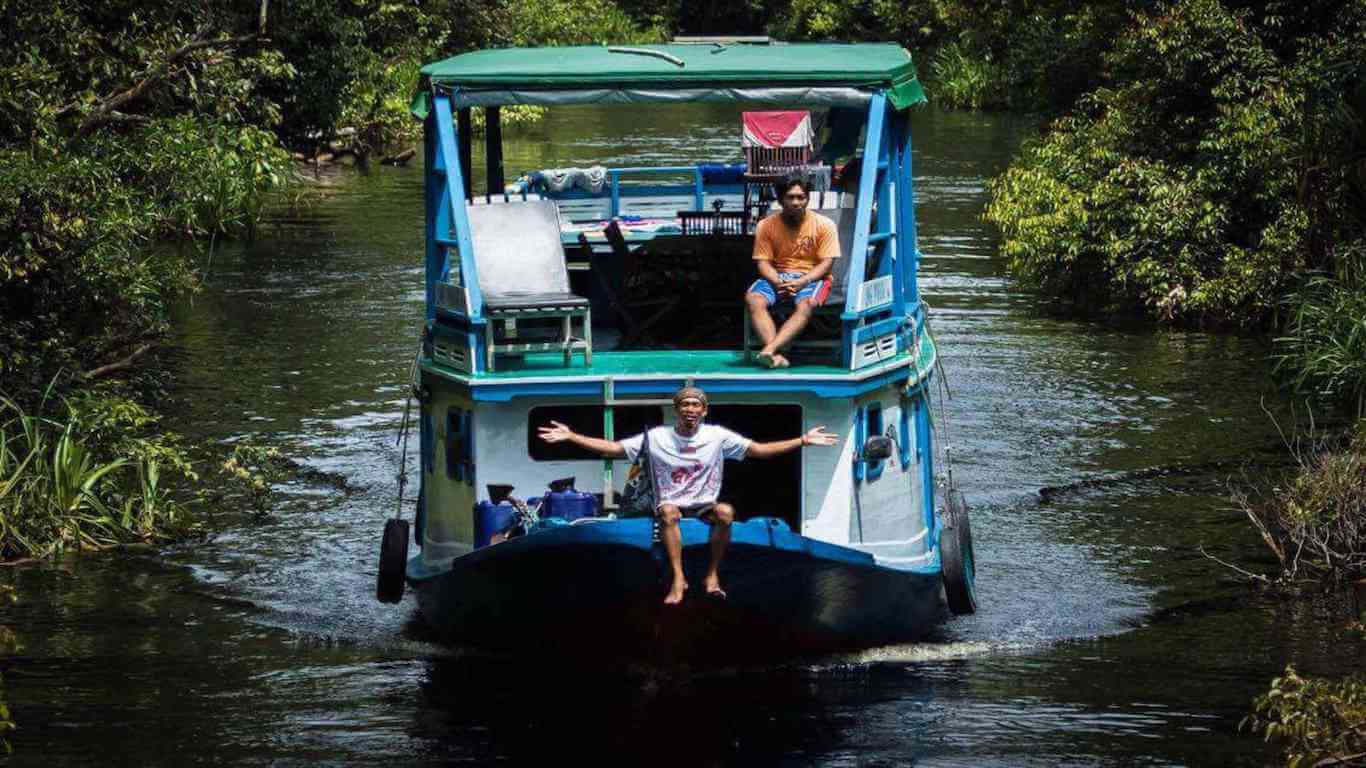
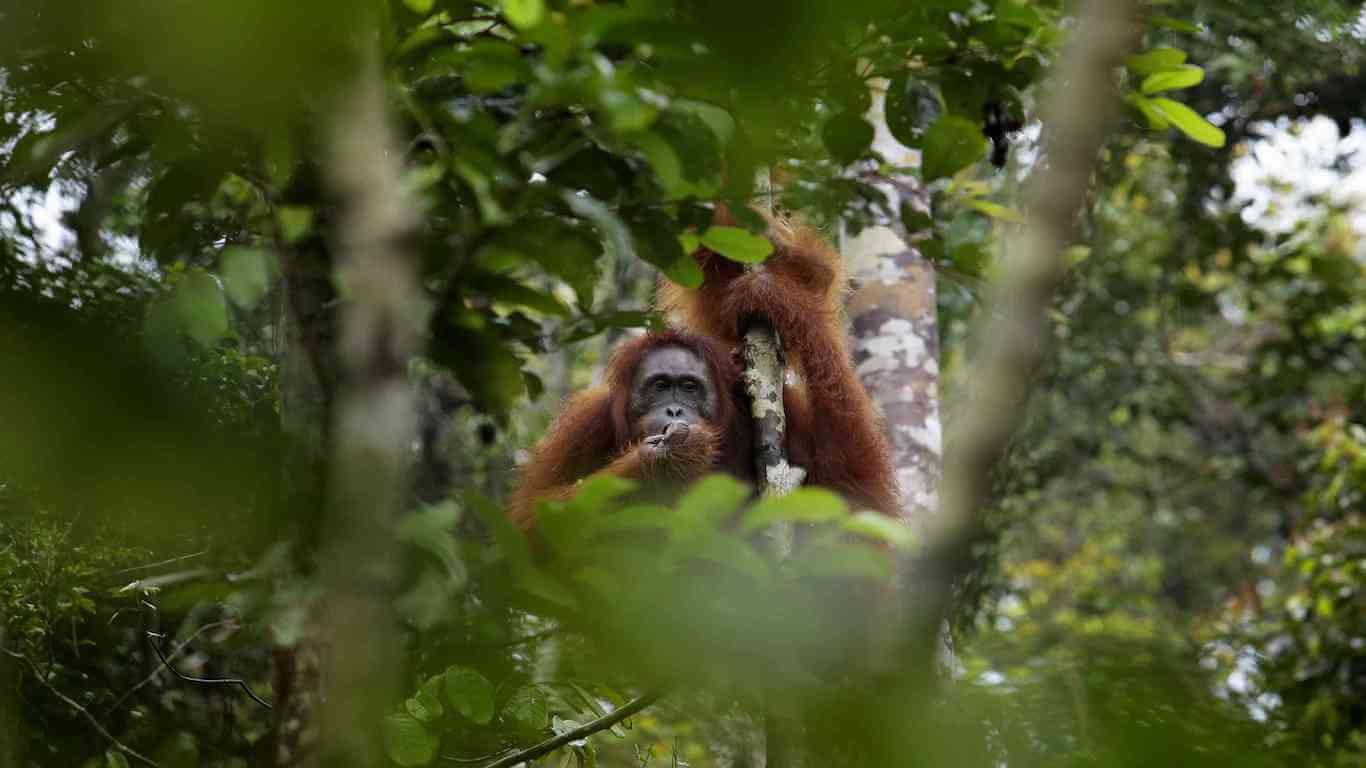
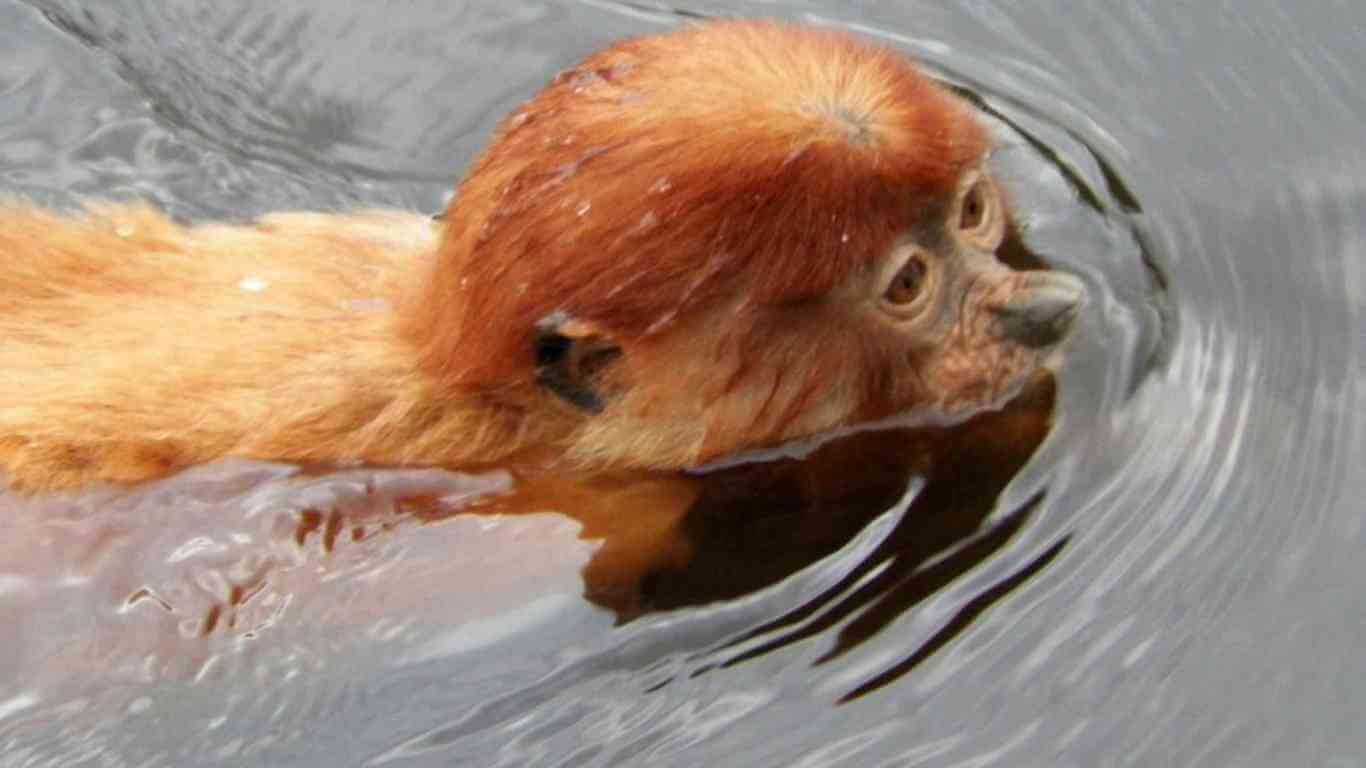
The National Park
The park is the largest tropical lowland rainforest protected area in central Kalimantan. It has very complex flora and fauna, affected by an equatorial climate with maximum and minimum temperature ranging from 18-20°C low to 31-33°C high.
Rain fall is 2,000 to 3,000 mm per year; dry season occurs in July to September.
The six types of vegetation found in the park are: Dry land Dipterocarpus forest; Peripherial mixed swampy forest; Shore blangeran forest; Keranggas forest; Costal mangrove forest; and Secondary forest.
The wildlife
Wildlife you may see on the Sekonyer River
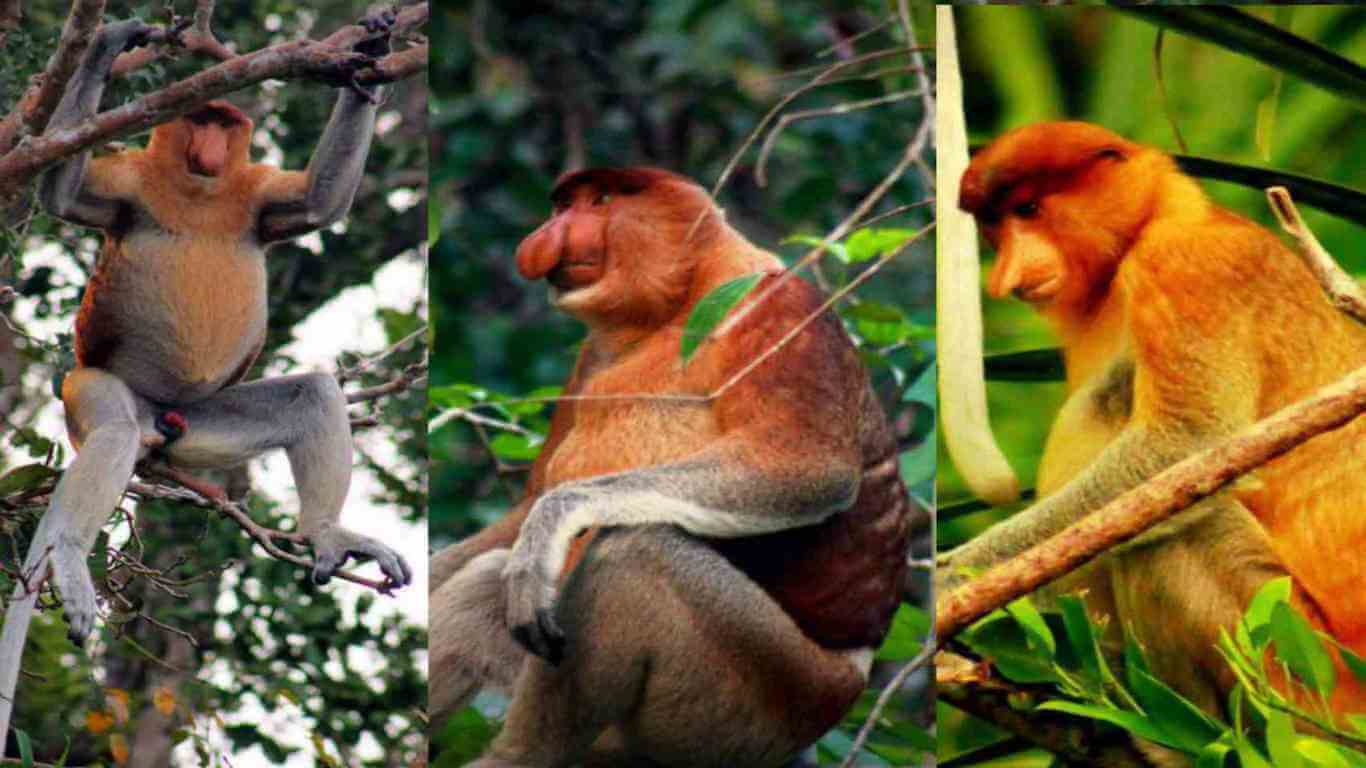
Proboscis Monkeys
These large pot-bellied monkeys are endemic to Borneo, They are an endangered species, and Tanjung Puting has one of the largest and most important populations.
They sleep along the river edges in large group, and can be spotted making spectacular leaps from tree or occasionally swimming across the river.
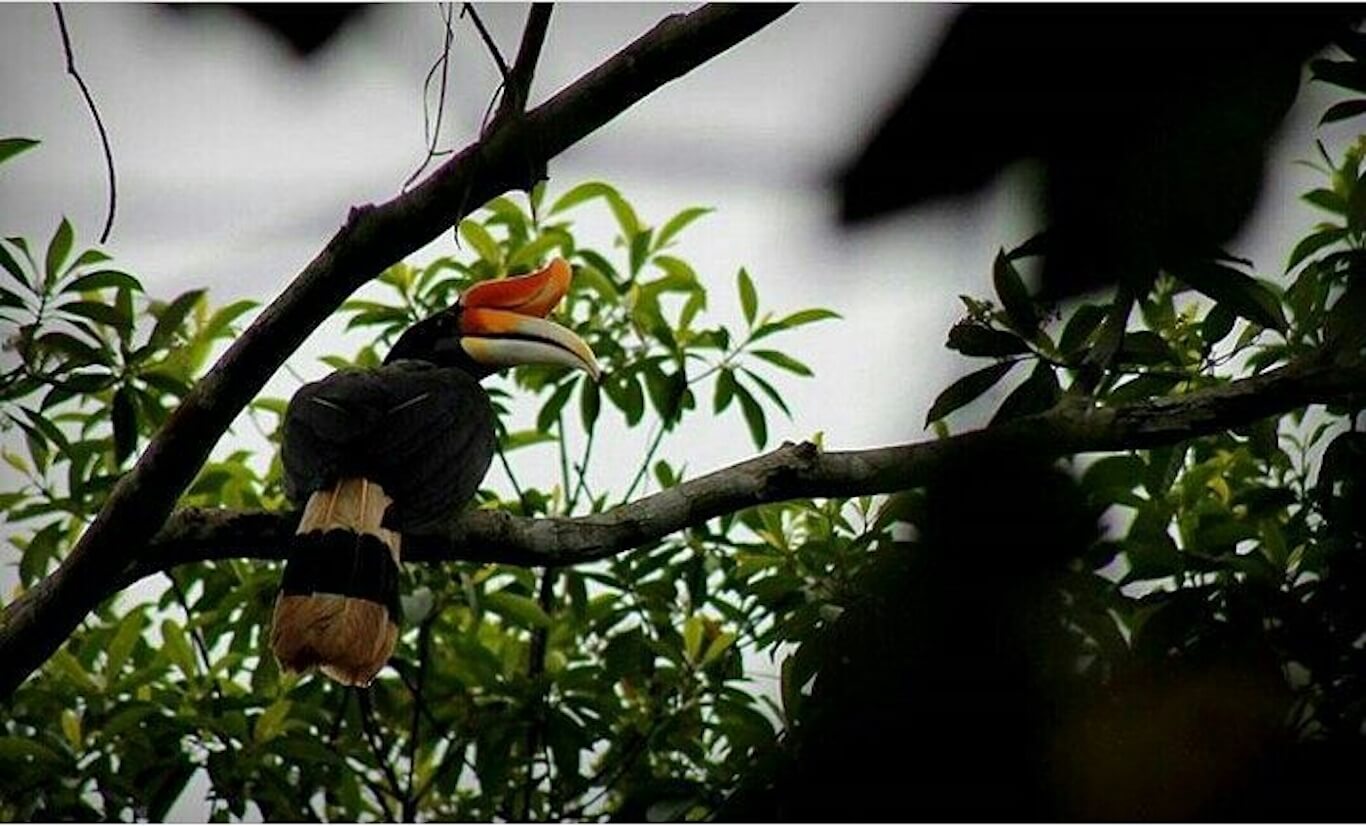
Hornbills
A large,easily identifiable bird due to its casque (large protrusion above its bill), flat flying posture, loud wing beat and harsh song. They feed on fruit and insects.
The most commonly seen species is the Oriental Pied Hornbill.
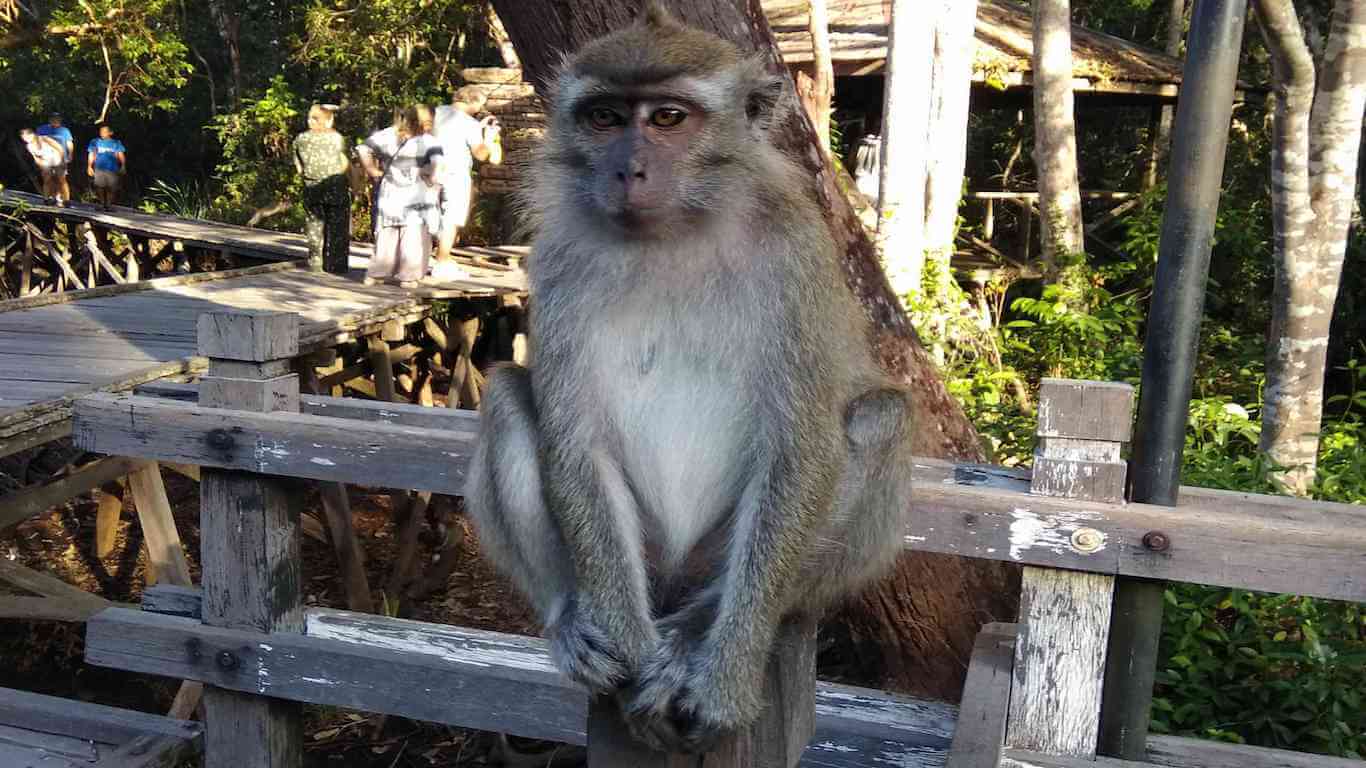
Long-tailed or crab-eating macaques
This adaptable species lives in almost any habitat. they live in groups which contain both male and females, with a dominant male and female centred hierarchy.
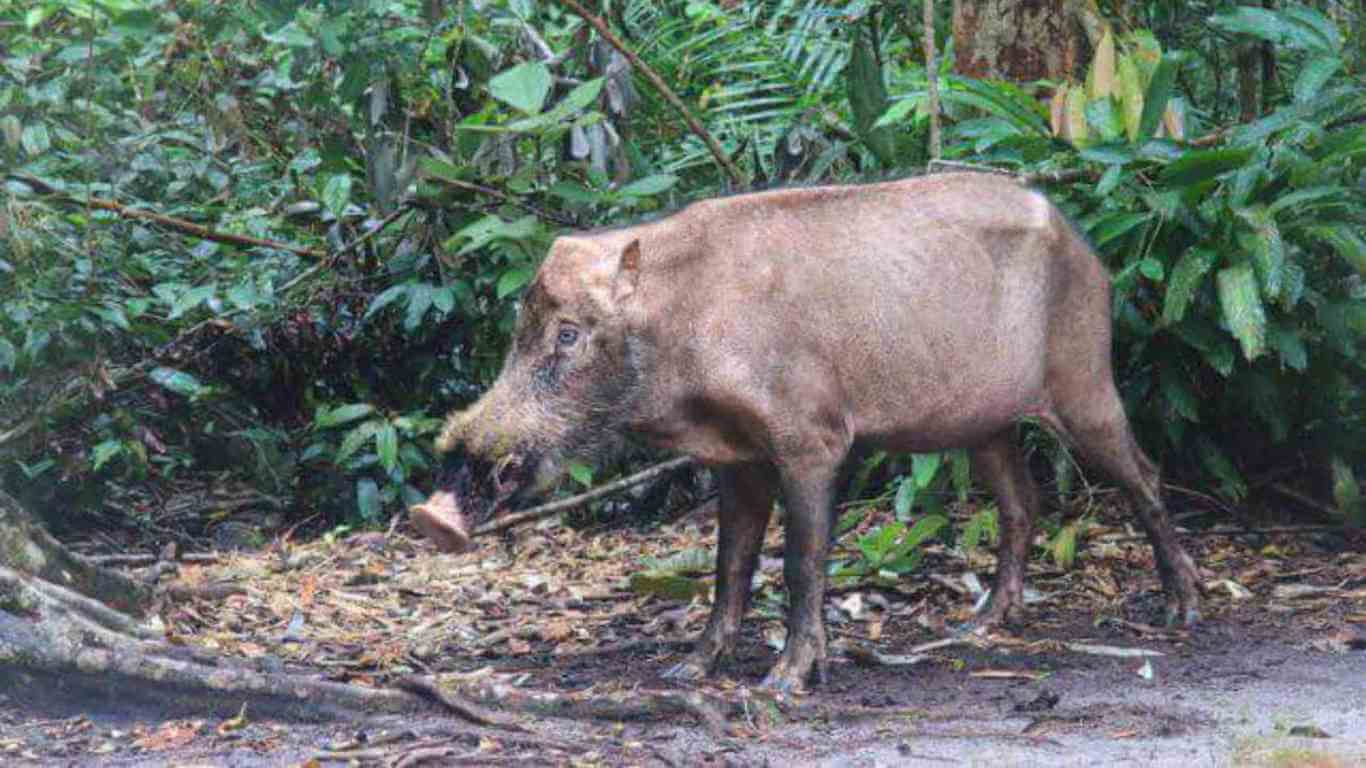
Bornean bearded pig
A large wild boar that inhabits much of borneo. They feed off of seed, roots and fallen fruit(this is why you’ll see them around the feeding sites
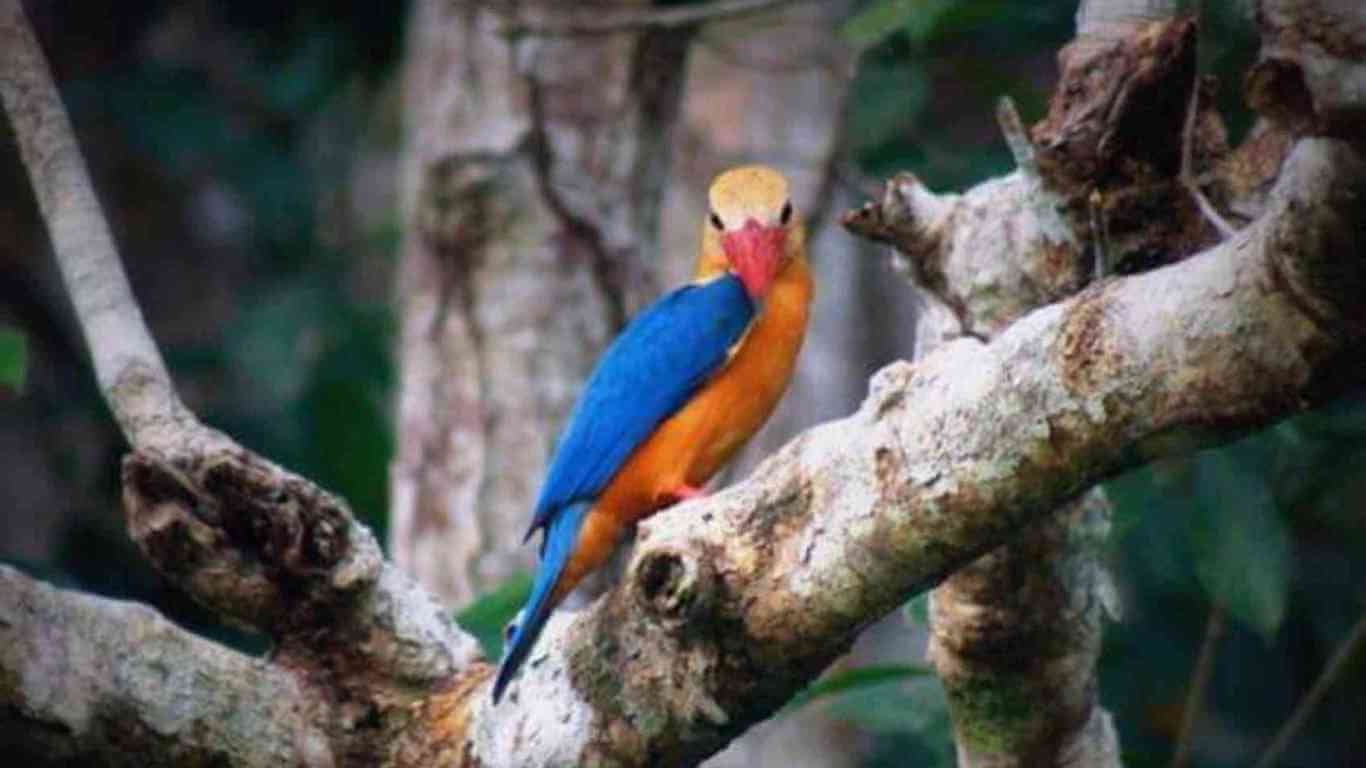
Stork-billed kingfisher
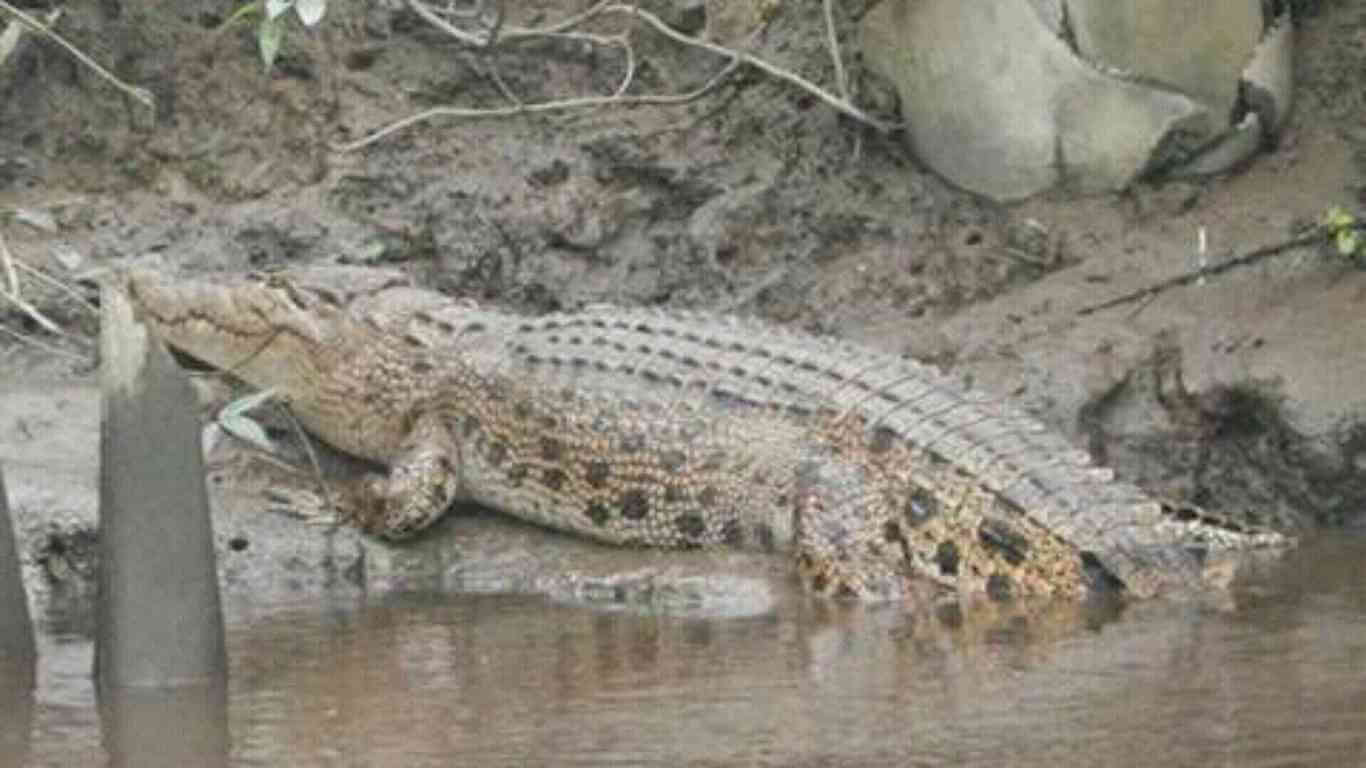
Crocodiles - saltwater crocodile
The world’s largest crocodile, with a range extending from northern Australia to mainland Asia. Malaysian false gharial
This crocodile is Criticaly Endangered and the population in tanjung puting is of global importance. It has a slender snout adapted for catching fish and can reach up to five meters in length.
